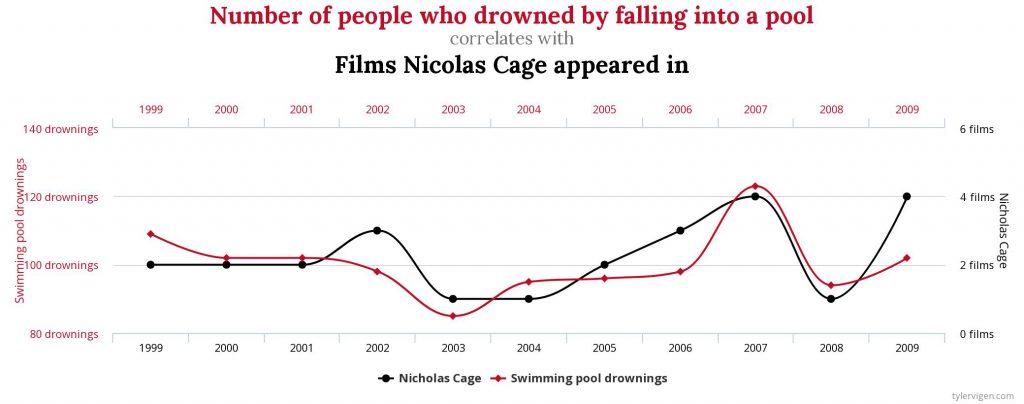Exemplar Study: Must Be Love on the Brain (Within-Subjects/Repeated-Measures Design)
This research focused on the brain functioning of people in love. Participants who rated themselves as being intensely in love, viewed a photo of their beloved, did a distracter task, and then viewed a photo of a neutral acquaintance while researchers took functional magnetic resonance imagery (fMRI). Each participant repeated the procedure six times. When […]
Exemplar Study: Must Be Love on the Brain (Within-Subjects/Repeated-Measures Design) Read More »




